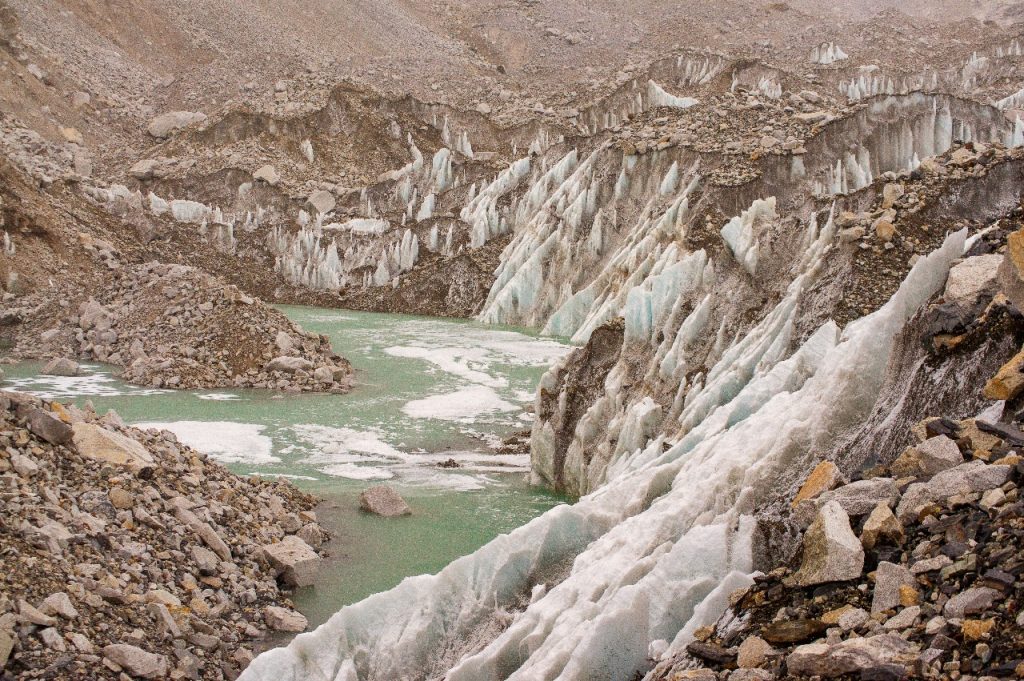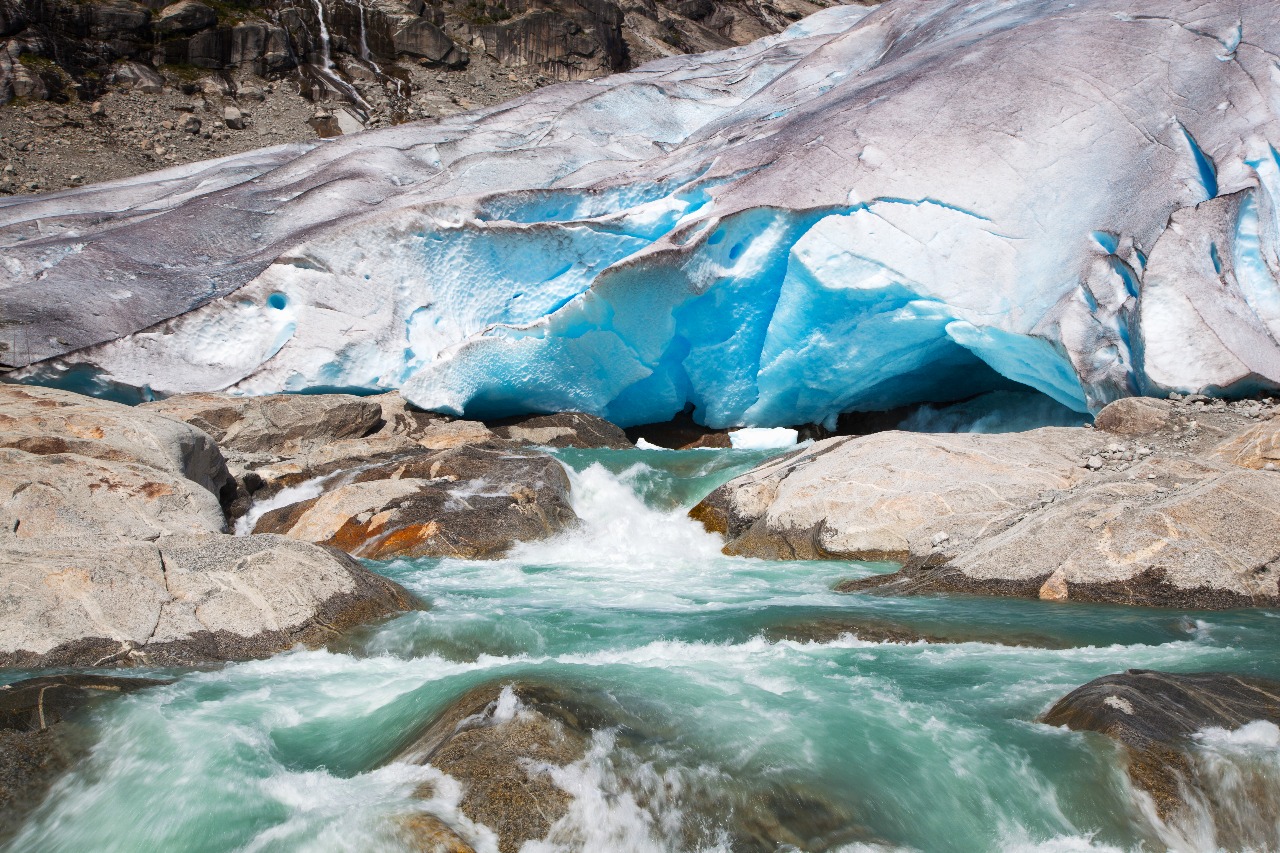Global Warming: Causes, Impacts, Environmental Costs, and Solutions
Global Warming: Causes, Impacts, Environmental Costs, and Solutions
Global Warming: Causes, Impacts, Environmental Costs, and Solutions
Introduction
Global warming is one of the most urgent challenges of our time. Defined as the long-term rise in Earth’s average surface temperature, it is primarily driven by human activities such as the burning of fossil fuels, large-scale deforestation, and industrial pollution. Unlike natural climate variations that occur over centuries or millennia, global warming is happening rapidly within decades — accelerating extreme weather events, threatening biodiversity, and disrupting human societies.
The Intergovernmental Panel on Climate Change (IPCC) warns that global temperatures have already risen by approximately 1.2°C since the pre-industrial era. Without immediate action, the world is on track to exceed the 1.5°C limit set by the Paris Agreement, unleashing irreversible damages to ecosystems and human civilization.
This article explores how global warming happens, its root causes, short- and long-term effects, environmental costs, and the pathways to stopping it — all supported by data and real-world examples.
What is Global Warming?
Global warming refers to the consistent increase in Earth’s surface temperature due to the buildup of greenhouse gases (GHGs) in the atmosphere. Greenhouse gases — such as carbon dioxide (CO₂), methane (CH₄), and nitrous oxide (N₂O) — trap heat radiating from the Earth’s surface, preventing it from escaping into space. This process, known as the greenhouse effect, is natural and essential for life. Without it, Earth would be too cold to support human civilization.
However, the problem arises when human activities add excessive amounts of greenhouse gases, amplifying the effect and causing the planet to overheat. This is the essence of global warming.
How Global Warming Happens: The Greenhouse Effect in Action
- Solar radiation enters Earth’s atmosphere.
- About 30% of this radiation is reflected back into space.
- The remaining energy is absorbed by land, oceans, and air, warming the planet.
- Normally, some of this absorbed heat escapes back into space as infrared radiation.
- Excess greenhouse gases form a thick “blanket,” trapping more heat.
This imbalance results in rising global average temperatures. Since the late 19th century, Earth’s temperature has increased by about 1.2°C — a seemingly small number with massive consequences.
Causes of Global Warming
1. Burning of Fossil Fuels
- Fossil fuels such as coal, oil, and natural gas are the largest contributors to global warming.
- Energy production alone accounts for over 73% of global GHG emissions (IEA 2023).
- Power plants, vehicles, and industries release vast amounts of CO₂.
2. Deforestation
- Forests act as carbon sinks, absorbing CO₂ from the atmosphere.
- Each year, 10 million hectares of forest are lost globally (FAO 2020).
- When trees are cut or burned, they release stored carbon and reduce the planet’s ability to absorb future emissions.
3. Agriculture and Livestock
- Agriculture contributes around 19% of global emissions.
- Livestock such as cows produce methane, a gas 28 times more potent than CO₂.
- Fertilizer use adds nitrous oxide, another strong greenhouse gas.
4. Industrial Processes and Waste
- Cement production, chemical plants, and steel industries release both CO₂ and toxic pollutants.
- Waste mismanagement — especially landfills — emits methane.
5. Natural Factors (Minor Contributions)
- Volcanic eruptions, solar cycles, and ocean-atmosphere interactions (e.g., El Niño) play small roles but are overshadowed by human impacts.
Short-Term Effects of Global Warming
- Heatwaves:
- South Asia, Europe, and North America have seen deadly heatwaves.
- In 2022, Pakistan and India experienced record-breaking temperatures exceeding 50°C.
- Extreme Flooding:
- Warmer air holds more moisture, leading to heavier rains.
- The 2022 floods in Pakistan displaced 33 million people and caused losses of over $30 billion.
- The recent 2025 floods in KP and Punjab has resulted in devastating disaster with over 1000 people lost their lives, millions of hectors of farmland inundated alongside loss of residential properties worth billions of dollars both in major cities and urban areas also leaving millions of people homeless.

- Droughts and Wildfires:
- California, Australia, and the Amazon have all experienced massive wildfires.
- Droughts increase food insecurity and water scarcity.
- Health Impacts:
- Warmer climates spread vector-borne diseases like malaria and dengue.
- Air pollution linked to fossil fuel burning kills 8.7 million people annually (Harvard study, 2021).
Long-Term Effects of Global Warming
- Sea-Level Rise:
- Melting glaciers and ice sheets are pushing oceans higher.
- Projections show up to 1.1 meters of sea-level rise by 2100, threatening cities like Karachi, Dhaka, and Miami.
- Mass Extinction of Species:
- The UN’s biodiversity panel (IPBES) warns that 1 million species risk extinction due to climate change and habitat loss.
- Coral reefs, vital for fisheries and coastal protection, could decline by 90% at 1.5°C warming.
- Climate Refugees:
- The World Bank projects 216 million people could become climate migrants by 2050.
- Rising seas, food shortages, and heat stress will force relocations.
- Economic Devastation:
- Climate damages could reduce global GDP by up to 18% by 2050 (Swiss Re 2021).
- Developing countries like Pakistan will face disproportionate impacts due to weaker infrastructure.
The Environmental Cost of Global Warming
| Impact | Current Data | Consequence |
| Glacier Melt | Himalayas may lose two-thirds of ice by 2100 | Water insecurity for 1.5B people in South Asia |
| Sea Level Rise | 3.6 mm per year (NASA) | Coastal flooding, displacement of 570M residents |
| Agriculture | 5–15% yield decline projected by 2050 | Food shortages, price spikes |
| Disasters | $313B in losses (2022, AON) | Rising insurance, poverty, migration |
| Biodiversity | 50% coral reefs lost since 1950s | Collapse of marine ecosystems |
How to Stop or Slow Global Warming
1. Transition to Renewable Energy
- Shift from coal and oil to solar, wind, hydro, and geothermal.
- Renewable energy now accounts for over 30% of global capacity (IRENA 2023).
2. Reforestation and Conservation
- Protect existing forests and replant trees.
- Mangroves and wetlands act as carbon sinks and buffer against floods.
3. Cleaner Transportation
- Promote electric vehicles (EVs), public transport, and cycling.
- Transport accounts for 23% of global emissions.
4. Sustainable Agriculture
- Reduce methane emissions from livestock.
- Adopt precision farming and organic practices.
5. Waste Reduction and Circular Economy
- Recycling and reducing plastic waste cut methane emissions.
- A circular economy reduces pressure on natural resources.
6. Global Policy and Cooperation
- Paris Agreement (2015) aims to limit warming to 1.5°C.
- Carbon pricing and emissions trading systems incentivize reductions.
- Developed countries must assist vulnerable nations financially and technologically.
7. Individual Action
- Conserve energy at home (LEDs, efficient appliances).
- Choose sustainable diets (less red meat).
- Reduce, reuse, recycle — small steps with big collective impact.
Conclusion
Global warming is not a distant threat — it is here, now, and accelerating. From devastating floods in Pakistan to heatwaves across Europe and wildfires in North America, the evidence is undeniable. The environmental costs are staggering, with glaciers melting, seas rising, biodiversity collapsing, and economies under threat.
Yet, solutions exist. Transitioning to clean energy, protecting forests, rethinking agriculture, and strengthening global cooperation can dramatically reduce emissions. As individuals, communities, and nations, we must act collectively to protect our planet for future generations.
The choice is clear: inaction leads to disaster; action leads to a liveable future.





1 Comment